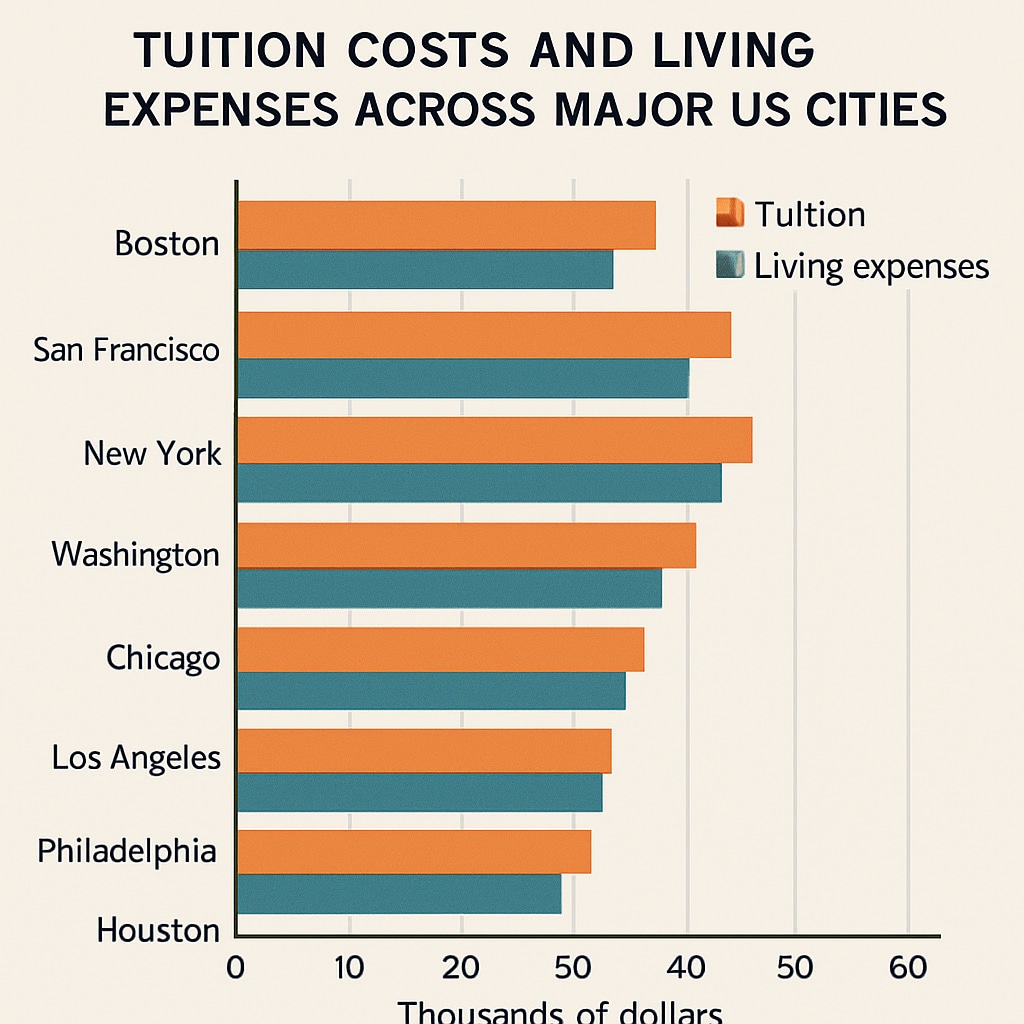Pursuing a master’s degree in the United States has become a popular choice for international students, offering a wealth of academic opportunities and career prospects. However, the feasibility of such an endeavor depends on several key factors, including the selection of the right program, financial planning, and understanding the application process. In this article, we will explore the critical considerations that influence the decision to apply for a master’s program in the United States.
Key Factors to Consider When Applying for a US Master’s Program
The decision to pursue a master’s degree abroad is a significant one, and understanding the factors that contribute to its feasibility is essential. Here are some critical aspects to consider:
- Program Selection: The United States offers a wide range of graduate programs across various disciplines. Prospective students should research programs that align with their career goals and academic interests.
- Financial Planning: Tuition fees and living expenses in the US can be substantial. Evaluating scholarships, assistantships, and personal savings is crucial for determining affordability.
- Application Requirements: Applicants must meet specific criteria, including standardized test scores, letters of recommendation, and a compelling statement of purpose.
- Post-Graduation Opportunities: Understanding the job market and visa regulations for international graduates is vital for long-term planning.

Financial Feasibility of Studying in the United States
The cost of obtaining a master’s degree in the United States is a major consideration for many students. Tuition fees vary widely depending on the institution and program, with public universities often being more affordable than private ones. In addition to tuition, students must budget for housing, healthcare, transportation, and other living expenses.
Fortunately, there are several ways to alleviate financial strain:
- Applying for scholarships offered by universities, private organizations, and government agencies.
- Exploring graduate assistantships, which often provide tuition waivers and stipends in exchange for teaching or research responsibilities.
- Considering part-time employment opportunities allowed under a student visa, such as on-campus jobs.
For more detailed information on financial planning, resources like Britannica’s guide on student loans offer valuable insights.

Application Process for US Master’s Programs
Applying to graduate programs in the United States involves several steps, and understanding each requirement is crucial for a successful application:
- Research Programs: Start by identifying programs that fit your academic background and career aspirations.
- Prepare for Standardized Tests: Many programs require GRE, GMAT, or other standardized test scores.
- Gather Documents: These typically include transcripts, letters of recommendation, a resume, and a statement of purpose.
- Submit Applications: Pay attention to deadlines and ensure all materials are submitted on time.
- Interview Preparation: Some programs require interviews as part of the selection process.
For a comprehensive overview of the US education system, the Wikipedia page on US education is a helpful resource.
Post-Graduation Prospects for International Students
One of the key motivations for pursuing a master’s degree in the United States is the potential for career advancement. Many students aim to gain practical experience through Optional Practical Training (OPT), which allows them to work in their field of study for up to three years after graduation. Additionally, networking opportunities during the program can lead to job offers from top companies.
However, it is essential to understand visa regulations and the competitive nature of the US job market. Consulting with career services at your university and seeking advice from alumni can provide valuable guidance.
In conclusion, while pursuing a master’s degree in the United States offers numerous benefits, it requires careful planning and consideration. By evaluating program options, financial resources, and career goals, students can make informed decisions about whether this path aligns with their aspirations.
Readability guidance: The article includes short paragraphs, bullet points, and clear headings for better readability. Transition words such as “however,” “in addition,” and “for example” are used to ensure a smooth flow of ideas.


